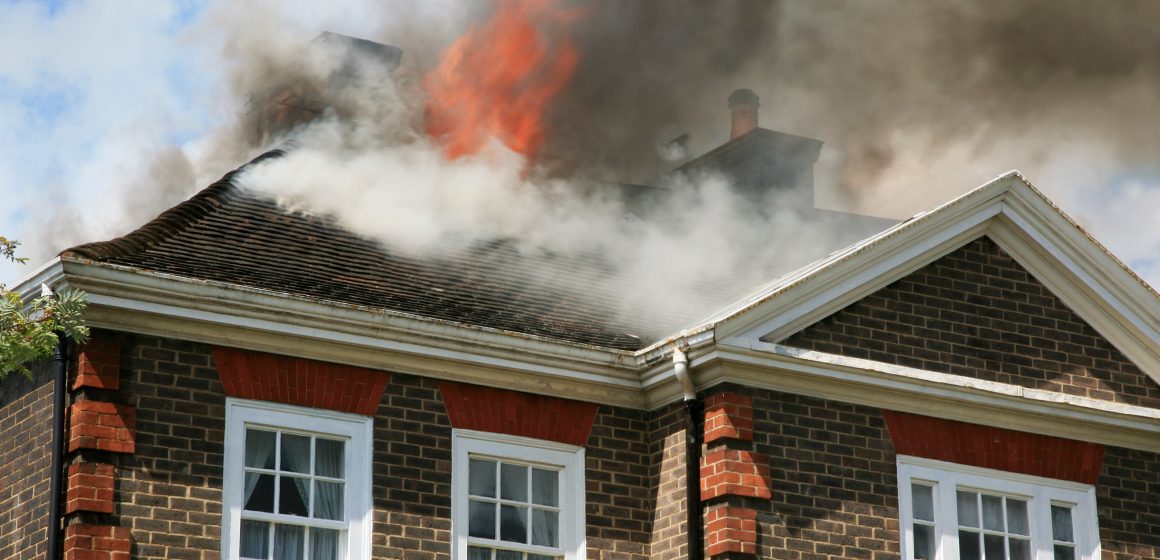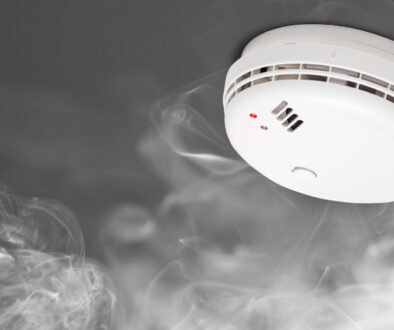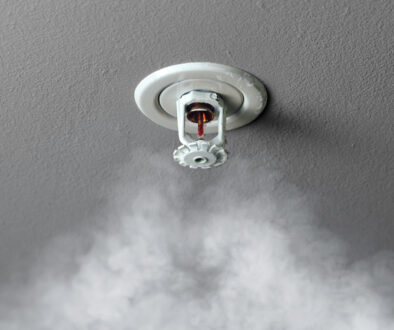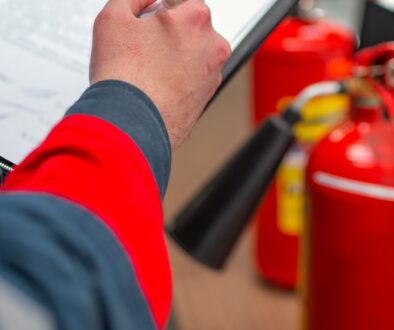Making a Fire Plan for Your House
Fire safety is the name of the game in 2023, and it starts in your home. Every house should be equipped with some basic fire protection equipment like smoke detectors and fire extinguishers. While the equipment is important to have, it’s only half of the battle when it comes to being prepared for a fire. Having a plan ready in the case of a fire will help your family escape as quickly as possible and will make it easier for officials to do a headcount. Here are some quick steps you can take to make sure your family’s plan is up to the task:
Plan the Route
The National Fire Protection Association recommends that households prepare by having two possible escape routes from every room in the house. Adults in the house should know where all of the smoke detectors in the house are to be better aware of where a fire could potentially be in the house. If you aren’t sure if your fire detectors are in the optimal spots in your home, the professionals at Ideal Partners can give you a free estimate and inspect your home.
Households with children should consider drawing out the escape routes to help the children memorize the plan. Review this government checklist with your kids to make sure they know to stay low and move fast when escaping a fire. If there are infants or adults that have limited mobility, there should be someone assigned to assist them out of the house. The last, and perhaps most important, part of a good plan is to have one meeting point a safe distance from the house where someone can do a headcount.
Know Your Equipment
The NFPA does not recommend teaching children how to use a fire extinguisher. Teaching a child to use a fire extinguisher contradicts the primary objective for children in the case of a fire, which is to get out of the house immediately. Additionally, children oftentimes may not be capable of handling a fire extinguisher or determining whether a fire is small enough to be fought with an extinguisher or not. For adults, knowing how to use a fire extinguisher could be the difference between a scary situation and a full-on catastrophe. The NFPA shares a simple acronym to teach how to use a fire extinguisher:
P: Pull the pin
A: Aim low
S: Squeeze the lever
S: Sweep the nozzle from side to side
If you aren’t sure if you have the right fire extinguishing equipment in your home, or if your extinguisher hasn’t been inspected in over a year, give the professionals at Ideal a call to have your equipment inspected or replaced.
Conclusions
Planning for fire safety doesn’t have to take a long time. If you take the time to plan escape routes for everyone and learn how to fight a small fire with your home’s fire extinguisher, you can rest assured that you and your family are prepared in case of a fire. If you’re not sure if your house is ready or if you need professional advice, give the experts at Ideal a call for a free estimate.




